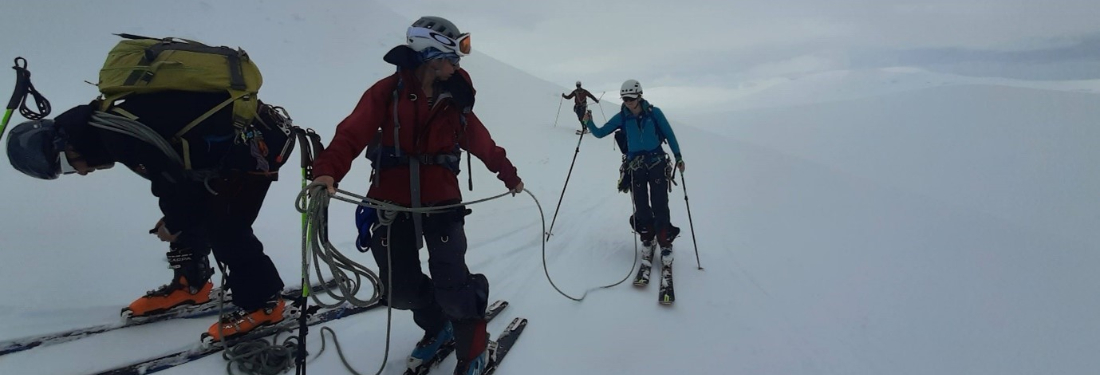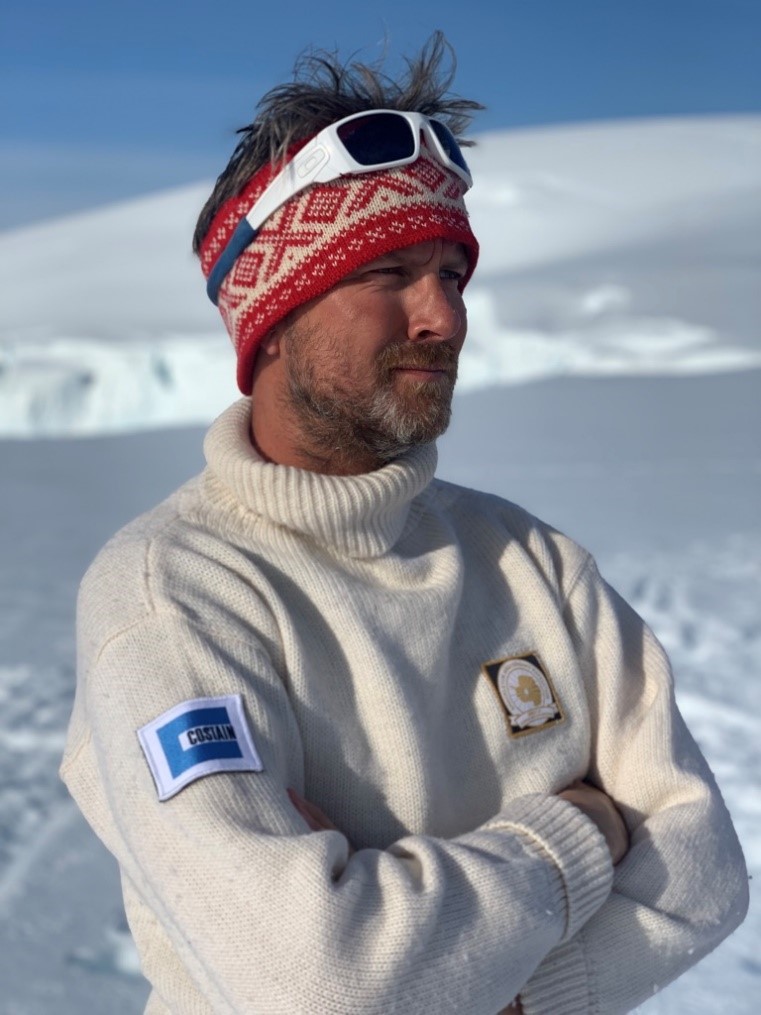Lessons from the Antarctic: risk management and contingency planning

Risk, is defined by APM as ‘the potential of a situation or event to impact on the achievement of specific objectives’. As project managers the management of risk can be one of the biggest roles and the subject of many hours of training, discussion and debate. Where infrastructure delivery, transport integration or a rail franchise framework might lead to huge excel spreadsheets and complicated risk management processes, risk in Antarctic exploration is somewhat different. To conduct an expedition in Antarctica the Foreign Commonwealth and Development Office must grant a permit. To be awarded the permit, an expedition must show a risk management plan for travelling over glaciated and mountainous terrain, along with detailed contingency planning for emergency rescue and evacuation in the event of injury or illness. Once deployed on the ice, risk management becomes a much more dynamic and adaptive process.
In a mountainous environment, an individual’s perception of risk is based upon their previous experiences, their skill and training, along with other factors such as their general tolerance to the perceived outcomes. A specific example from my personal experience on Antarctic Quest 21 was that I had previously fallen, or jumped, into countless crevasses without serious harm, and consequently have a relaxed attitude to route finding through glaciated terrain; another member of the team who had never fallen into a crevasse however, was far more considered and cautious. Similarly, there were differences of opinion over the balance of risk when moving across slopes at risk of avalanche or how best to protect tents from high winds. The team all judged and perceived risk based upon their personal experience and knowledge, something which I have also observed in project management.

Route finding across avalanche prone slopes (Credit, Phil Carrotte)
Managing risk is not all about spreadsheets or a process, it’s about people
Whilst it is unlikely that a normal project management task would involve falling into crevasses, there are perhaps metaphorical crevasse fields. As project managers we must be sensitive to any differences of risk perception between ourselves, the project sponsor and between individuals in our teams. A sponsor may feel that they have more to lose in certain situations, and as such might be less tolerant of risks. Conversely their extensive experience, or lack of it may lead to their being content to take more risk than the project manager thinks wise. There is of course no right answer.
When planning and preparing for Antarctic Quest 21 one of the most obvious contingency plans was against the risk of a delayed collection. It could be reasonably assumed that poor weather, or challenging ice conditions might delay a ship being able to collect the team. This was planned against and additional fuel—for melting snow into water—and food were duly procured, packed, and stored safely in a depot on the ice. A possibility that had not been foreseen however was having to be collected early!
Antarctic Quest 21 were fortunate to be sponsored by an expedition cruise company, Polar Latitudes, who transported the team alongside their cruise guests, from Ushuaia on the southern tip of South America to the Antarctic peninsula; there are also other operators who offer tourist cruises in the same area. The changing COVID-19 regulations in Argentina led to significant disruption to all the ships operating in Antarctic waters, and the vessel that was intending to collect the Antarctic Quest 21 team cancelled their voyage. This resulted in long days of uncertainly as we awaited responses to emails and WhatsApp messages about whether a different vessel might be able to assist. This uncertainty led to a reluctance to push further away from the coast, dramatically reducing our opportunities to explore as much as we had planned, and limiting the locations at which we could take scientific samples. The team were disappointed and frustrated over having so little influence in such a critical decision. That this called for stoicism and patience is perhaps an understatement, but again there are parallels to project management. When working on a project you might find yourself at the mercy of an unseen bureaucratic process or internal political wrangling; a project manager’s role is to remain alert, to continue to look for opportunities, and to be prepared react positively when the decision made is not one which was expected.

Rope management for safe glacier travel (Credit, Richard Simpson)
To manage risk associated with crossing glaciers, an expedition team can train and practice, ideally to avoid crevasses but also there are specific skills and techniques which can be used to extract someone from a crevasse if they fall in; being tied together with a rope and learning good rope management skills are one of the safest ways to travel. What is more difficult to train and practice however are the intangible skills like emotional intelligence, positivity and adaptability which were required when the expeditions pick-up was delayed. As project managers the same is true, there are specific tools and techniques we can use for risk management but risk registers, probability impact matrices or sensitivity diagrams don’t remove the need to work with and understand people.
Ultimately for Antarctic Quest 21 the decision not to push further was the correct one. With 72-hours’ notice a vessel agreed to collect the team and we made best speed to Portal Point, being collected 10-days earlier than planned, along with a lot of uneaten food.
You may also be interested in:


0 comments
Log in to post a comment, or create an account if you don't have one already.